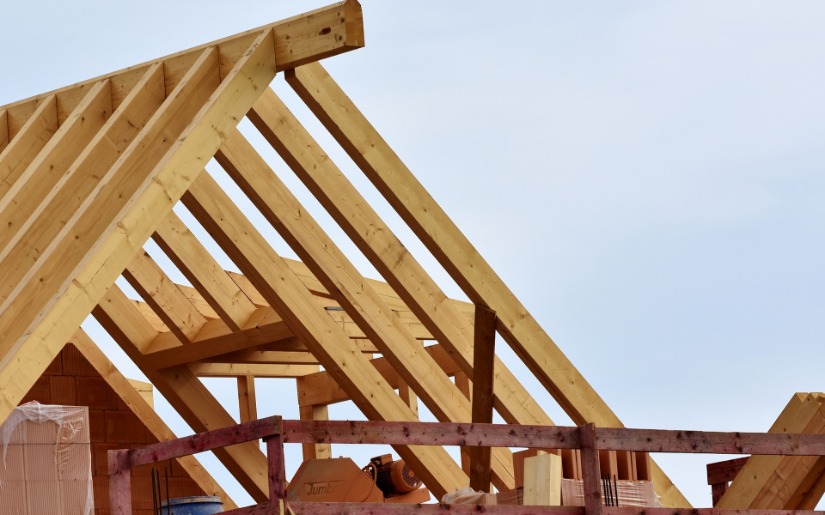Implications for Materials Selection in Commercial Construction
It is only recently that green building has been formally embraced across the U.S. The U.S. Green Building Council’s (USGBC’s) Leadership in Energy and Environmental Design (LEED) program, for instance, didn’t become operational until 2000. And it was not until 2004 that the U.S.-based Green Building Institute acquired the rights from Canada to distribute Green Globes1 in the United States.
Following considerable behind-the-scenes activity in the intervening period, there have been a number of developments over the past three years. In January 2009, the American National Standards Institute approved the National Green Building Standard for residential construction, developed by the National Association of Home Builders (NAHB), as a national standard. One year later the California Building Standards Commission adopted by unanimous vote the nation’s first green building code – The California Green Building Standards Code. At about the same time, the American Society of Heating, Refrigerating, and Air-Conditioning Engineers (ASHRAE), in cooperation with the Illuminating Engineering Society of North America (IES) and USGBC, released what was described as the first code-intended commercial green building standard in the United States.2 And less than two months later, the International Code Council (ICC) released its new International Green Construction Code (IgCC) for public comment, with the intent to formally adopt in 2012.
The International Green Construction Code addresses the full spectrum of commercial construction and has now made its way through a three-year process of publication, public comment and feedback, and revision. Print copies were made public in late March 2012. This article provides an overview of the IgCC, with particular attention given to provisions that relate to building materials selection.
- Lead AuthorBowyer
- DateMay 2012
- CategoryBuilding, Certification, Environmental, Management
- Project FileDownload

.png)
.png)
.png)

.png)
.png)